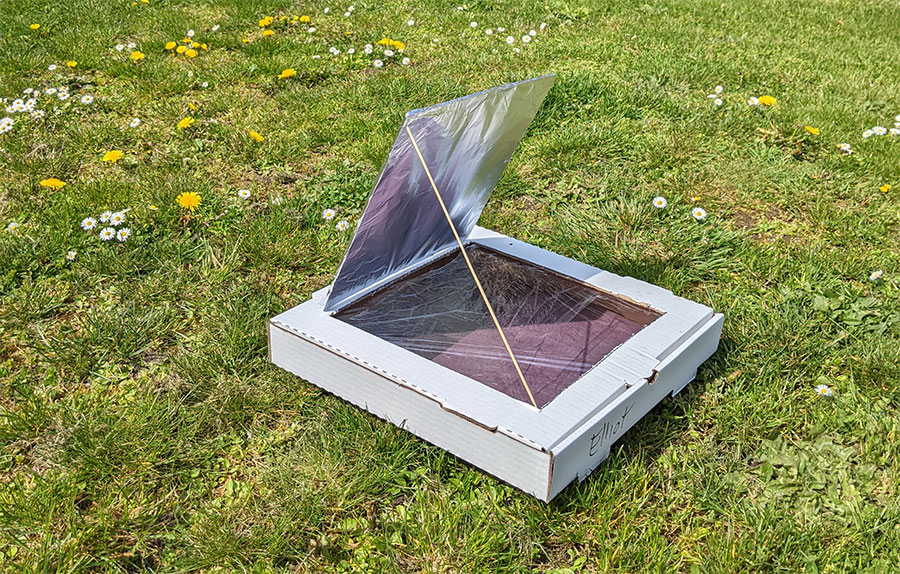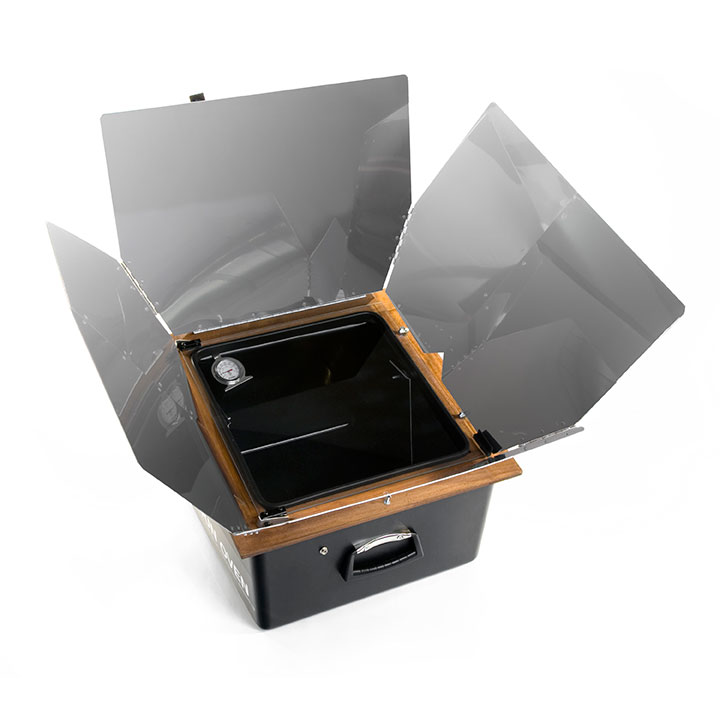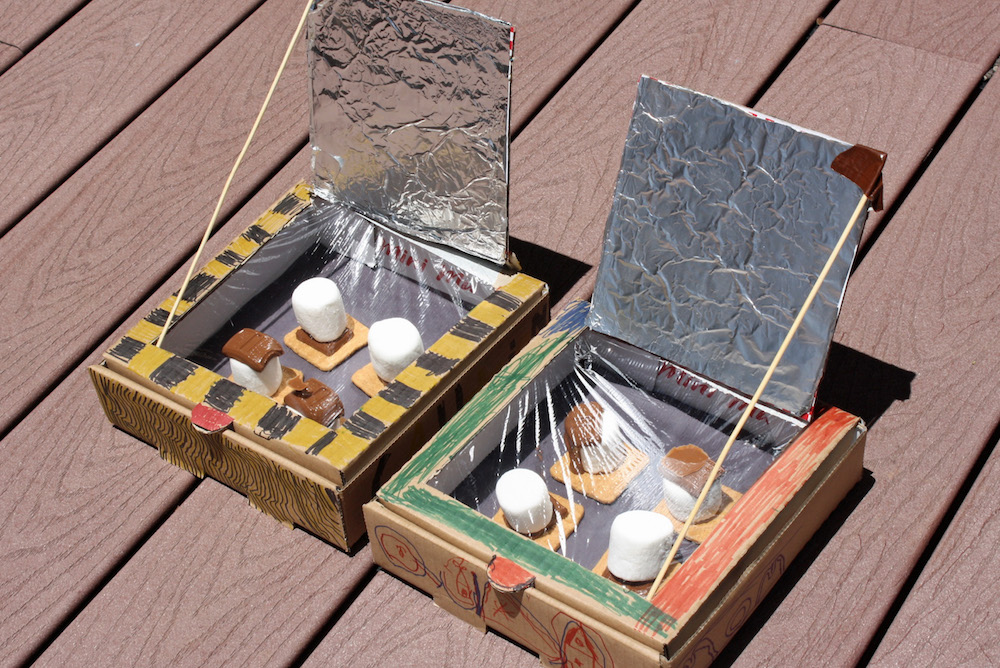Introduction to Solar Ovens
Exploring the Eco-Friendly Solution to Cooking with Solar Ovens
Solar ovens provide an innovative and environmentally friendly cooking solution by harnessing the power of the sun. These unique devices convert solar energy into heat, allowing for the preparation of meals without the need for traditional fuel sources. Solar ovens are not only practical and sustainable but also contribute to reduced carbon emissions and energy conservation. In this guide, we will explore the fascinating world of solar ovens, diving into the science behind their operation, the components that make them work efficiently, the different types of solar ovens available, cooking techniques and recipes designed for solar oven use, as well as the various benefits and considerations associated with these eco-friendly cooking devices.
The Science behind Solar Ovens
Unraveling the Mechanics of Solar Heating and its Application in Solar Ovens
At the heart of solar oven technology lies the science of solar heating. Solar ovens utilize the principles of solar radiation and heat transfer to transform sunlight into usable energy for cooking. When sunlight reaches the Earth, it consists of visible, infrared, and ultraviolet light. Solar ovens focus on capturing and utilizing the infrared portion of sunlight, which carries the most heat energy.
Solar ovens are designed with materials that allow for the absorption and retention of solar energy. They typically incorporate dark-colored, heat-absorbing surfaces made of metal or glass, which effectively absorb and convert solar radiation into heat. This process is similar to how dark-colored objects heat up when exposed to sunlight. The heat-absorbing surface converts sunlight into thermal energy, creating a hot environment within the solar oven.
The greenhouse effect also plays a significant role in solar oven operation. The greenhouse effect occurs when solar radiation passes through a transparent material, such as glass or plastic, and is absorbed by the heat-absorbing surface. The absorbed heat gets trapped inside the solar oven because of the insulating properties of the transparent cover. This trapped heat allows for a higher internal temperature and facilitates cooking.

Components of a Solar Oven
Understanding the Essential Elements of Solar Ovens for Efficient Cooking
Solar ovens are composed of several key elements that enable their efficient operation. The most essential component is the heat-absorbing surface. This surface, often made of materials like metal or glass, is responsible for absorbing solar radiation and converting it into heat. It is typically painted or treated to have a dark color, ensuring maximum absorption of solar energy.
Insulation is another crucial component in solar ovens. The insulation helps to retain heat within the solar oven, ensuring that the internal temperature remains constant and that minimal heat is lost. Insulating materials, such as fiberglass or foam, are placed around the cooking chamber of the solar oven, preventing heat from escaping and maintaining the desired temperature for cooking.
Ventilation systems are often included in solar oven designs to regulate temperature and control moisture levels. These systems prevent condensation from building up within the oven and help maintain proper airflow, preventing the food from becoming soggy or overcooked. Ventilation openings or adjustable vents allow for the release of excess heat and moisture when necessary.
Additionally, some solar ovens incorporate reflectors or concentrators to maximize solar energy collection. Reflectors are shiny surfaces typically made of aluminum foil or other reflective materials. They redirect sunlight onto the heat-absorbing surface, increasing the amount of solar radiation absorbed. Concentrators, such as parabolic reflectors, focus sunlight onto a small area, intensifying the heat on the heat-absorbing surface and enhancing cooking efficiency.

How Solar Ovens Capture and Convert Solar Energy
From Sunlight to Heat: The Methods Behind Harnessing Solar Energy in Solar Ovens
Solar ovens utilize various methods to capture and convert solar energy into usable heat for cooking. One common approach involves the greenhouse effect. The transparent cover of the solar oven allows sunlight to enter while trapping the absorbed heat inside, creating a warm environment ideal for cooking. The heat-absorbing surface absorbs the solar radiation and converts it into thermal energy, raising the temperature within the oven.
Another method used in solar ovens is the conversion of sunlight to heat through conduction, convection, and radiation. The heat-absorbing surface absorbs solar radiation and transfers it to the surrounding air, heating up the cooking chamber. Convection currents form as the air inside the solar oven becomes warmer, circulating the heat and ensuring even cooking throughout the food.
In some solar oven designs, reflective surfaces are employed to maximize solar energy collection. Reflectors are strategically positioned to redirect sunlight onto the heat-absorbing surface, increasing the amount of solar radiation absorbed and raising the temperature inside the oven. This method enhances the efficiency of solar ovens, allowing for quicker and more effective cooking.
The conversion of solar energy to heat within a solar oven relies on the principles of thermodynamics. The absorbed solar radiation causes the molecules within the heat-absorbing surface to vibrate, generating thermal energy. This energy is transferred to the surrounding air, which then transfers heat to the food, resulting in the cooking process.

Different Types of Solar Ovens
Exploring the Diverse Designs and Features of Solar Ovens
Solar ovens come in various designs to accommodate different cooking needs and environmental conditions. Box cookers, also known as panel cookers, are the most common type of solar oven. They consist of an insulated box with a transparent cover and a heat-absorbing surface inside. Box cookers are versatile and suitable for most types of cooking, including baking, roasting, and simmering.
Parabolic reflector cookers are another type of solar oven that uses a curved, reflective surface to concentrate sunlight onto a small area. The parabolic shape of the reflector focuses solar radiation onto the heat-absorbing surface at the focal point, resulting in high temperatures ideal for intense cooking or quick heating.
Tube cookers are designed to take advantage of the greenhouse effect by using a cylindrical or tubular structure. They have a transparent cover surrounding a blackened heat-absorbing tube where the food is placed. Tube cookers are suitable for longer cooking times and can maintain a steady temperature for slow cooking or food dehydration.
Hybrid solar ovens incorporate features from multiple designs to enhance efficiency. These ovens may combine reflective surfaces, insulation, and other elements to optimize solar energy collection and heat retention, providing versatile cooking capabilities.

Cooking Techniques and Recipes for Solar Ovens
Mastering Solar Oven Cooking: Techniques and Recipes for Delightful Dishes
Solar ovens offer a unique and sustainable cooking experience, and certain techniques can maximize their efficiency. It’s important to align the position of the solar oven with the sun to ensure optimal solar energy collection. Regularly adjusting the oven’s orientation to face the sun and aligning it with the sun’s path throughout the day will help maintain consistent heat levels.
Solar oven cooking times may differ from conventional oven or stovetop cooking. Patience and planning are key when cooking with a solar oven, as the cooking process may take longer due to the lower temperatures compared to traditional methods. Cooking times in a solar oven can vary depending on factors such as the intensity of sunlight, the type of food, and the desired level of cooking.
Adapting recipes for solar oven cooking is necessary to achieve the best results. Recipes can be modified to accommodate longer cooking times and lower temperatures typically associated with solar oven use. Dishes that require slow cooking, such as stews, casseroles, and baked goods, are particularly well-suited for solar ovens. Solar ovens can also be used for dehydrating fruits, vegetables, and herbs or for roasting nuts.
Benefits and Considerations of Solar Ovens
Assessing the Advantages and Factors to Consider when Cooking with Solar Ovens
Solar ovens offer numerous benefits for sustainable cooking. They rely on a free and abundant energy source, reducing reliance on fossil fuels and lowering carbon emissions. Solar oven cooking helps conserve natural resources, decreases air pollution, and promotes energy independence. Additionally, solar ovens can be a valuable cooking option in areas with limited access to electricity or during outdoor activities such as camping or picnicking.
However, solar ovens also have limitations and considerations. They are dependent on sunlight and weather conditions for effective operation, meaning cooking times may vary depending on cloud cover and the season. Cooking with a solar oven may require planning ahead and adapting to the available sunlight. Additionally, solar ovens typically operate at lower temperatures than conventional ovens, which can impact cooking times and may not be suitable for certain dishes or culinary techniques.
When used understanding these considerations, solar ovens can provide a sustainable and eco-friendly cooking alternative, enabling individuals to enjoy delicious meals with the power of the sun.
